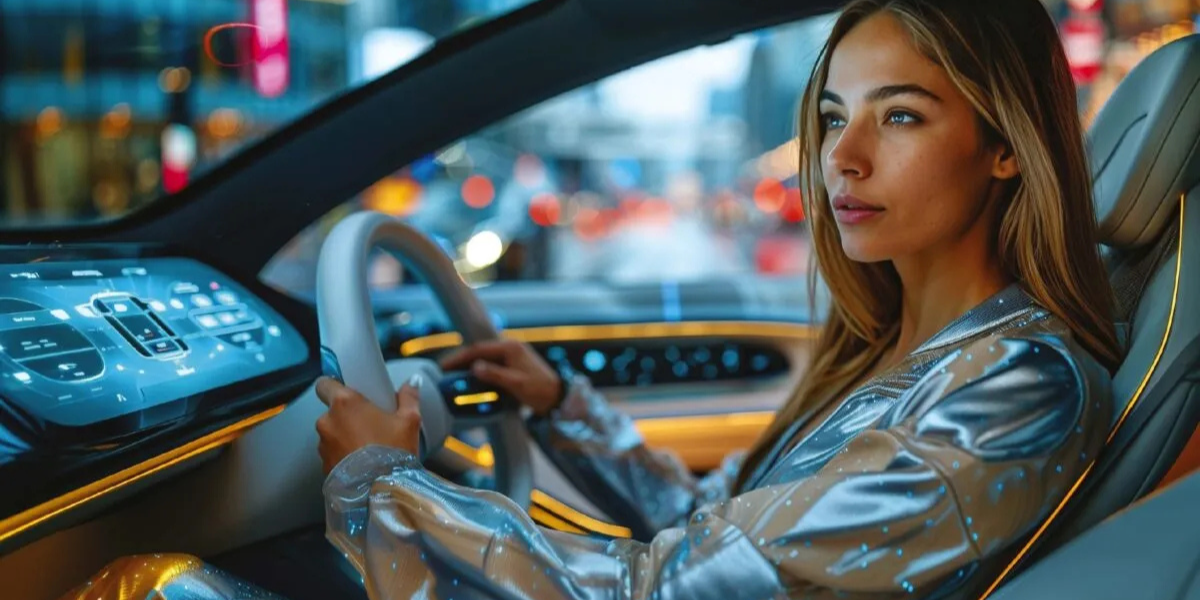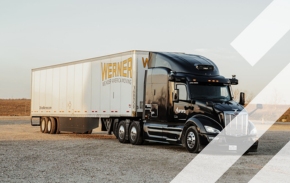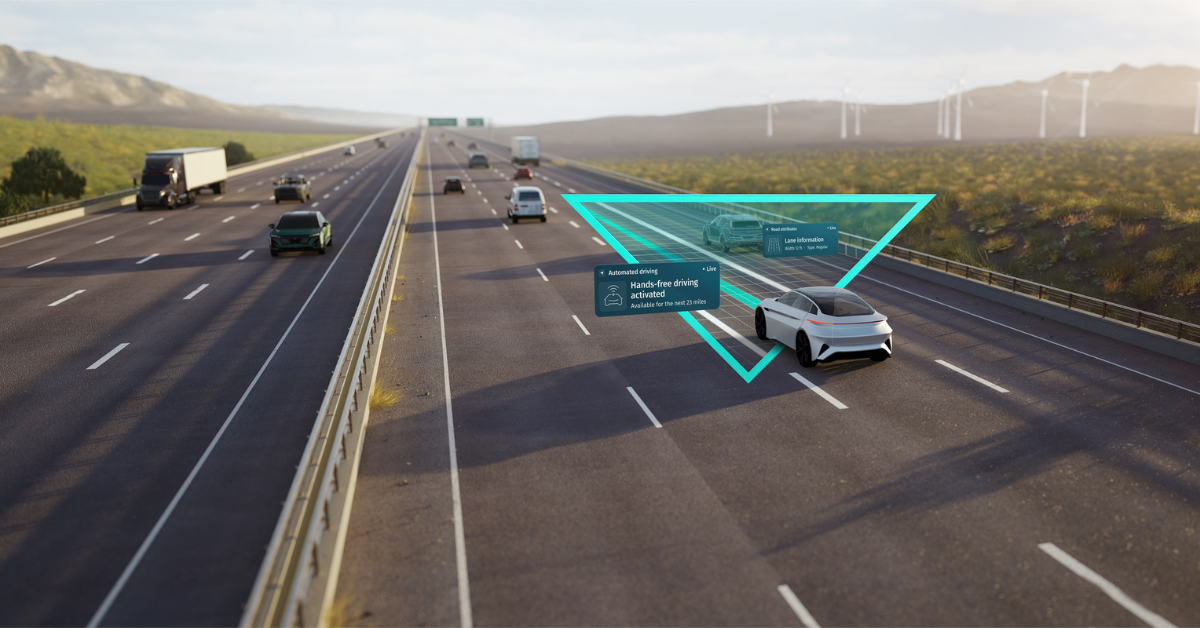The role of parking in the EU green deal

Intro
The European Parking Association held its 20th International Congress and Exhibition in the City of Brussels in September of this year. This edition of the Congress addressed the role of parking in the future of the EU Green Deal. Transport has been identified as one of the key challenges and when we talk about any kind of transportation, parking can’t be far behind. The transport sector accounts for 25% of greenhouse gas emissions, and the EU will need to slash emissions by at least 90% by 2050, as compared to 1990. Achieving this goal is no easy feat, and an integrated approach in the mobility sector is the key to success.
In 2010, the European Commission published the Green Book with no mention of the role of parking in sustainability efforts. In the ensuing years, we have become more aware that integrated mobility with increased accessibility is essential to achieve the challenging sustainability goals of the EU Green Deal while maintaining healthy competition in the sector and providing quality services. Realistically, the parking sector will remain key for any sustainability measures in the mobility sector.
Loading component...
Text1
Considering pure or multi-use parking properties in existing buildings, this can be achieved through integrating intelligent parking management technology, which brings in more efficient use of space, less congestion, and less time wasted searching for parking. All these serve to keep vehicles off the road as much as possible, which would help reduce emissions. Parking platform has spurred on digital innovation in number plate recognition, advanced booking facilities, and dynamic pricing which add an additional layer of improved user experience while bringing in more customers for parking owners.
Electrification and Digitisation: A Two-Pronged Approach
In order to contribute to the achievement of climate protection goals, it is also essential to provide sufficient charging infrastructure for electric mobility in parking facilities. Electric vehicles (EVs) have surged in popularity in the last few years, after steady but slow growth throughout the 2010s. Incentives and subsidies that make EVs more affordable combined with fuel price inflation and increased social awareness around climate change can be attributed to this consumer shift towards EVs.
Electrification comes with numerous benefits: reducing dependence on oil, reducing emissions, improving air quality, and creating new jobs that boost economic growth. With these benefits come new business opportunities and challenges for parking owners and parking platforms. Boosting electrification is highly dependent on accessibility. This promotes taking a multi-modal approach to parking, where facilities double up as charging stations and shared mobility hubs. Energy-efficient lighting, green design, and photovoltaic battery storage systems, which need to be part of parking services for EVs, also make an important contribution to reducing carbon emissions.

.png)




